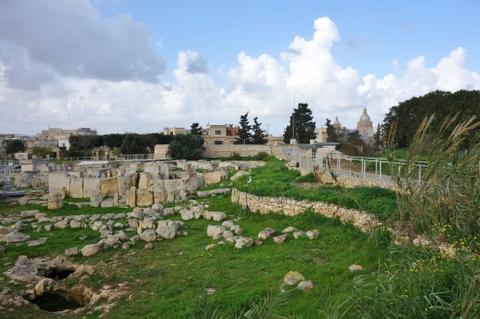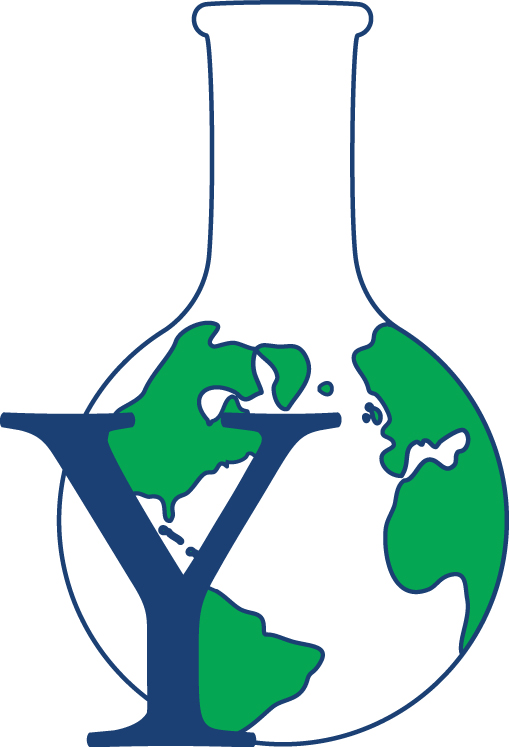
Thursday, January 18, 2018
When you think of Green Chemistry and Green Engineering, you probably think of them in terms of how the future of science and how research, technology, and human life will look like in a couple of years. Electric and pollutant-free cars, renewable energy sources, biodegradable plastic, all of these show up in your mind; the elements of a greener future. Did you know, however, that Green Chemistry and Engineering principles, beside providing basis for a more sustainable future, also help us protecting our past and heritages?
That is the main goal of a façade coating technology developed by Dr Jonjaua Ranogajec at the Laboratory for Materials in Cultural Heritage, part of University of Novi Sad Faculty of Technology. By implementing the principles of Green Chemistry and Green Engineering, with an especial focus on a design that avoids waste production instead of finding ways to deal with it in the future, Dr. Ranogajec research culminated with a biodegradable substance that can be used to help preserving national and historical buildings, while leaving no damage to the environment.
The way the substance, called HEROMAT, works is by using sun UV light to photo-catalyze the degradation of air pollutants accumulated on both historic and modern buildings. Once pulverized over a facade or historical building, HEROMAT takes advantage of the high-energy ultraviolet light waves to catalyze the decomposition of various substances that would otherwise either directly harm the structure (by acid or basic deterioration) or allow the proliferation of bacteria, which would per se degrade the inorganic matter together with the organic. The smaller and eco-friendly products of the decomposition are then washed out from the construction by rain. In this self-cleaning process, given that further human action is not necessary to remove what is resulted from decomposition, it is important to highlight that HEROMAT is designed for degradation: by the end of its functional life, it breaks down into environment friendly components just as its initial targets.
The use of HEROMAT tackles more than its main purpose. Besides providing an effective way to preserve cultural heritage objects, it contributes to reduce aero pollution, since rain-washed substances will no longer be able to return to the atmosphere. Furthermore, it improves the quality of urban landscapes by adding self-cleaning properties to buildings, which increase the life quality in the urban area while also reducing the costs of constant maintenance and repairing visits. It thus associates the principles of Green Chemistry and Green Engineering with multiple spheres of human life.
The invention was designed for compatibility with different inorganic substrates, and has been tested both in laboratories and in-situ experiments at historical objects, those being a medieval fortress in bac, Serbia, and baroque Manor in Dornava, Slovenia. Moreover, it is being used to protect novel modern art murals in the city of Novi Sad with very positive feedback.
HEROMAT technology by Dr. Ranogajec shows that it is possible to integrate solutions to a diverse set of issues with the principles of Green Chemistry and Green Engineering, tackling society’s current while both the preserving the reminders of our past and guaranteeing a more sustainable future.
More information can be found on the institutional website at: http://www.heromat.com/
By Seon Augusto de Souza Ferreira
